Dispelling Myths About RetroFoam Insulation
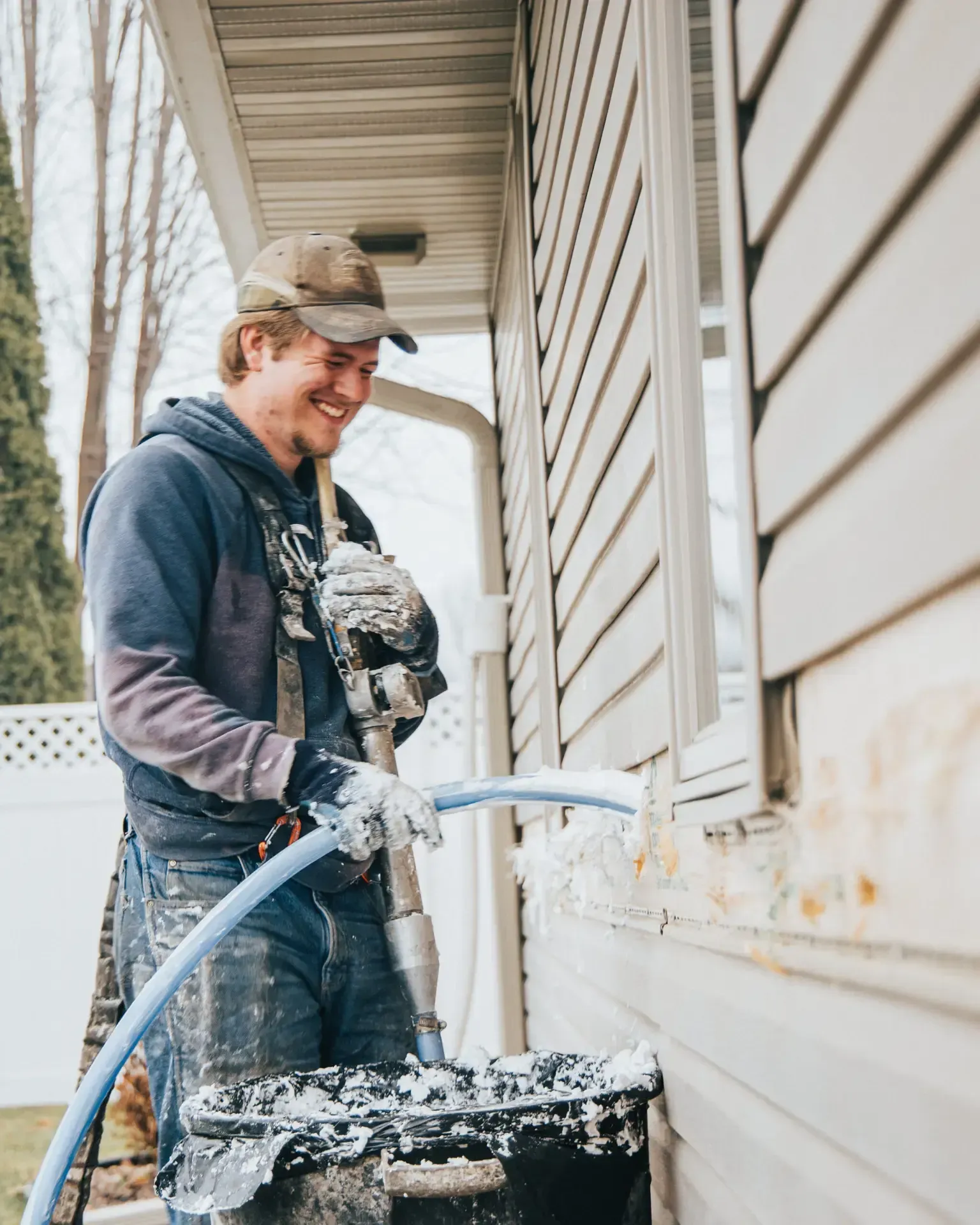
RetroFoam injection foam insulation is often discussed as a key solution for making homes more energy-efficient. However, misinformation about its benefits, installation process, and health impacts can leave homeowners uncertain. For those considering RetroFoam for substantial warmth, it’s essential to separate fact from fiction. This article clarifies common misconceptions, providing homeowners with accurate information to make informed decisions. Discover the truth about RetroFoam insulation.
Key Takeaways
- RetroFoam can be installed without removing drywall and is minimally invasive
- Properly installed RetroFoam doesn’t compromise a home’s ventilation or fire safety
- RetroFoam insulation provides energy efficiency, not complete sound-dampening
- Initial higher costs of RetroFoam may be offset by long-term energy savings
- Professional installation of RetroFoam is recommended to ensure safety and effectiveness.
Popular Injection Foam Insulation Misconceptions
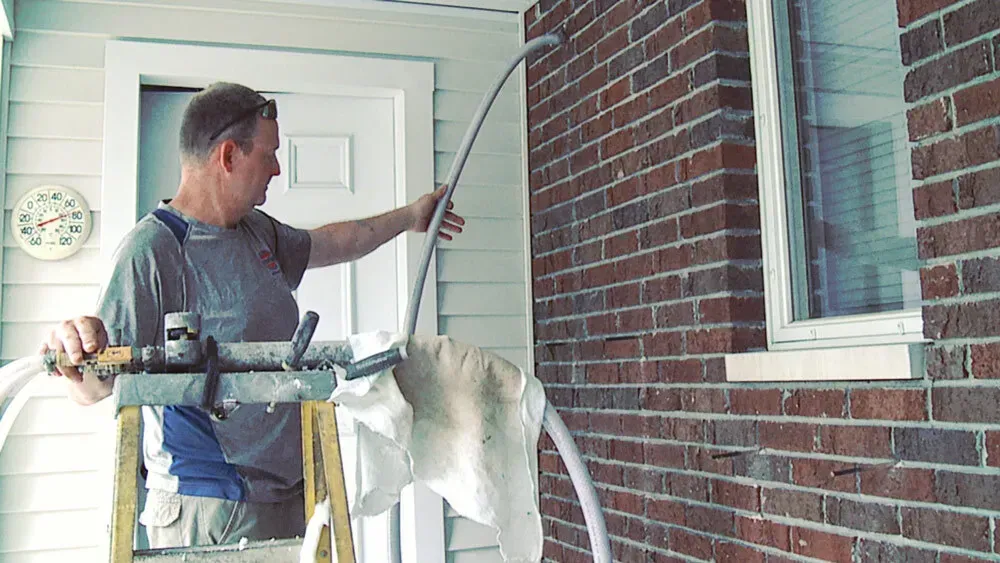
Amid real estate upgrades, several myths about RetroFoam insulation persist. Some believe that new wiring is impossible after installation, that homes become overly sealed, or that exterior walls must be torn down for installation. Concerns also include fire risks, despite RetroFoam’s flame-retardant properties and misconceptions that it makes rooms completely soundproof or is much more expensive than fiberglass. Additionally, myths suggest insulating exterior walls through the attic or sealing gaps around doors and windows with RetroFoam. Clarifying these misconceptions highlights the effective use of RetroFoam in walls and other spaces without the need for extensive modifications.
New Wiring Can Be Added After Foam Insulation
A common myth is that adding new wiring is impossible after installing RetroFoam insulation in wall cavities, leading to concerns about cost and feasibility. However, professionals can safely install new wiring without causing leaks or compromising the insulation’s moisture resistance. This process allows for future electrical upgrades while maintaining the integrity of the insulation.
Foam Insulation Will Make a House Too Tight
Many worry that RetroFoam insulation will make a house too airtight, trapping moisture and compromising air quality. However, RetroFoam is designed to manage water vapor effectively, preventing moisture buildup while allowing the house to breathe. Its unique tripolymer formulation ensures that walls stay dry and living spaces remain healthy, maintaining a balance between insulation and airflow.
Exterior Walls Can’t Be Re-Insulated With Injection Foam Without Tearing Down Drywall
A common fear is that re-insulating exterior walls with RetroFoam requires removing all the drywall, causing mess and disruption. However, RetroFoam can be injected into existing wall spaces without drywall removal, keeping the property intact. The process is minimally invasive and maintains the existing paint and drywall. Additionally, RetroFoam contains flame retardant properties, enhancing safety.
| Misconception | Truth |
|---|---|
| Demolition of drywall needed | No drywall removal |
| Property disruption and mess | Property remains clean and intact |
| No flame retardant features | Contains flame retardant properties for safety |
Foam Insulation Is Flammable
Some believe foam insulation poses a fire risk. However, RetroFoam insulation is engineered to meet stringent safety standards and includes flame retardant properties. Its composition and density prevent it from fueling fires, providing a reliable barrier that helps to inhibit the spread of flames.
Injection Foam Insulation Will Completely Sound-Dampen a Room or Home
There’s a belief that RetroFoam insulation completely soundproofs living spaces. While RetroFoam helps reduce noise, it is primarily designed for thermal insulation to enhance energy efficiency. This misconception arises from confusion about its sound-dampening qualities with full soundproofing. Effective soundproofing often requires a combination of materials and techniques beyond just RetroFoam.
Adding Foam Insulation to Exterior Walls Is Way More Expensive Than Fiberglass
Many believe RetroFoam insulation for exterior walls is more expensive than fiberglass. However, long-term energy savings often offset the initial cost. RetroFoam’s efficiency, expanding to fill spaces, means less material is needed compared to denser fiberglass. This can potentially balance out the cost difference, even for homes with unique features.
Insulating Existing Exterior Walls Professionally
Many believe that exterior wall insulation can be effectively retrofitted from the attic’s top plate. However, this method is often ineffective, especially in homes with brick exteriors, as it fails to insulate cavity walls beyond the attic’s reach. Improper insulation installation can also pose structural risks, potentially affecting insurance coverage. Although professional installation may initially be more expensive, it ensures a proper and safe retrofit, enhancing both efficiency and peace of mind.
Addressing Drafts Around Doors and Windows
Many homeowners believe that foam insulation in wall cavities will seal small drafts around doors and windows. However, the primary sources of thermal leaks are often not the edges of these fixtures. These small gaps require targeted solutions like weatherproofing resin or caulk. While RetroFoam provides a broad barrier for larger spaces, sealing these tiny crevices is beyond its design and requires more specialized approaches.
Adding Injection Foam Insulation in Your Existing Walls
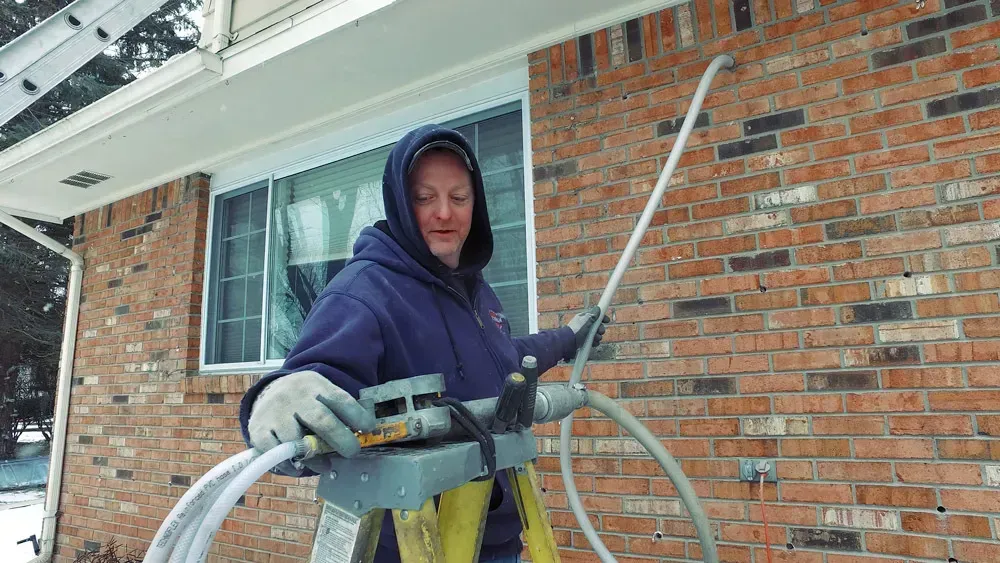
Integrating RetroFoam insulation into existing walls is not just a home improvement but a smart investment. It enhances energy efficiency, providing comfort and long-term savings on energy costs. Contrary to common fears, adding RetroFoam carries minimal risk to the structure. Advanced installation techniques maintain the integrity of both exterior and interior walls, safeguarding your home and investment.
Homeowners concerned about substances in their walls can rest easy with RetroFoam’s adaptable technology. It accommodates various building materials and unique construction scenarios, making RetroFoam a safe and effective insulation solution.
Conclusion
Dispelling myths about RetroFoam insulation is essential for homeowners to make informed decisions about energy efficiency and home comfort. Understanding the facts clarifies RetroFoam’s capabilities, including accommodating correct wiring installations, maintaining proper ventilation, and ensuring safety. By addressing common misconceptions, homeowners can confidently choose RetroFoam, appreciating its potential for long-term energy savings and its effectiveness in insulation without extensive property disruption. Clearing up these misunderstandings helps homeowners fully realize RetroFoam’s benefits, contributing to smarter and more sustainable home improvement choices.



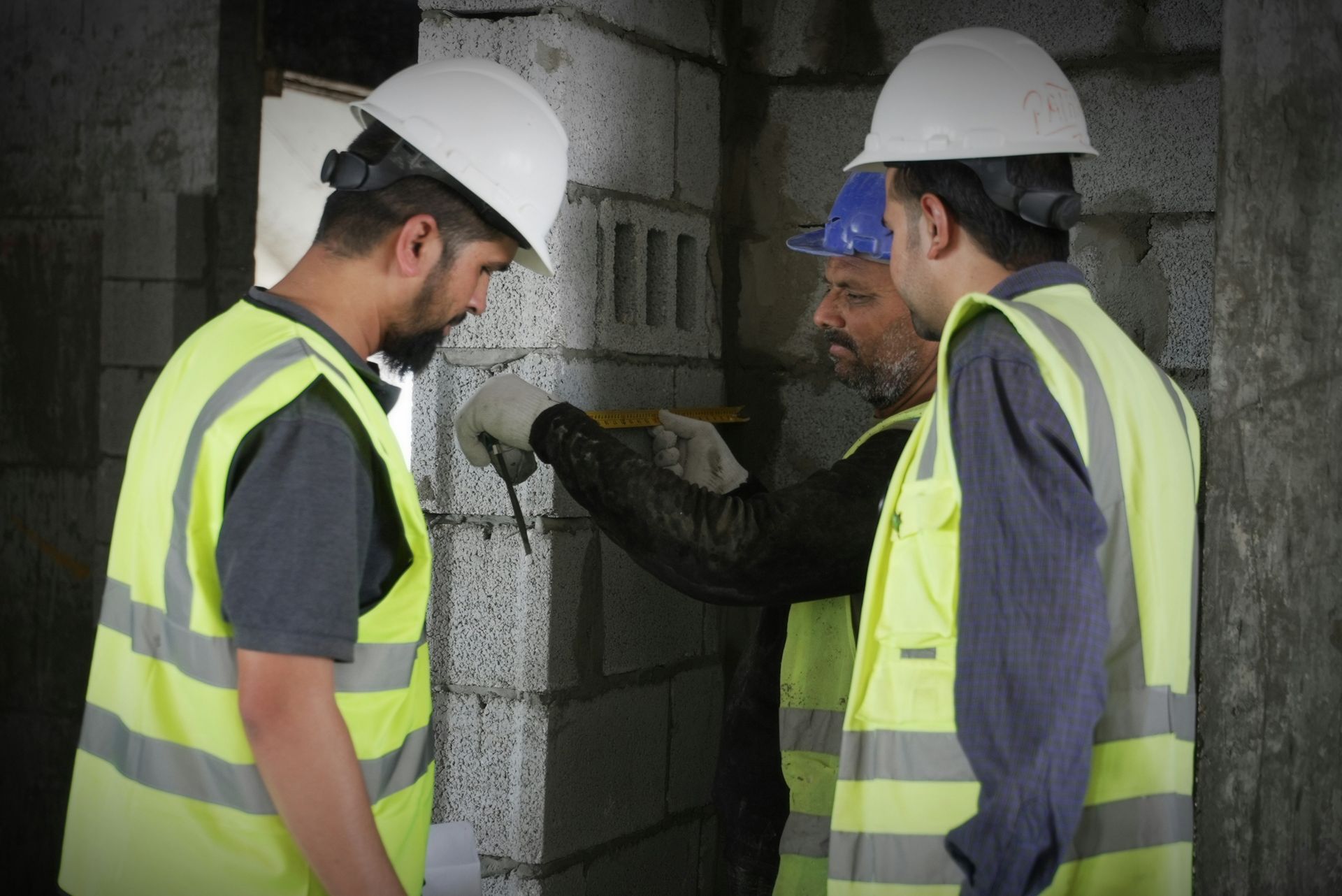
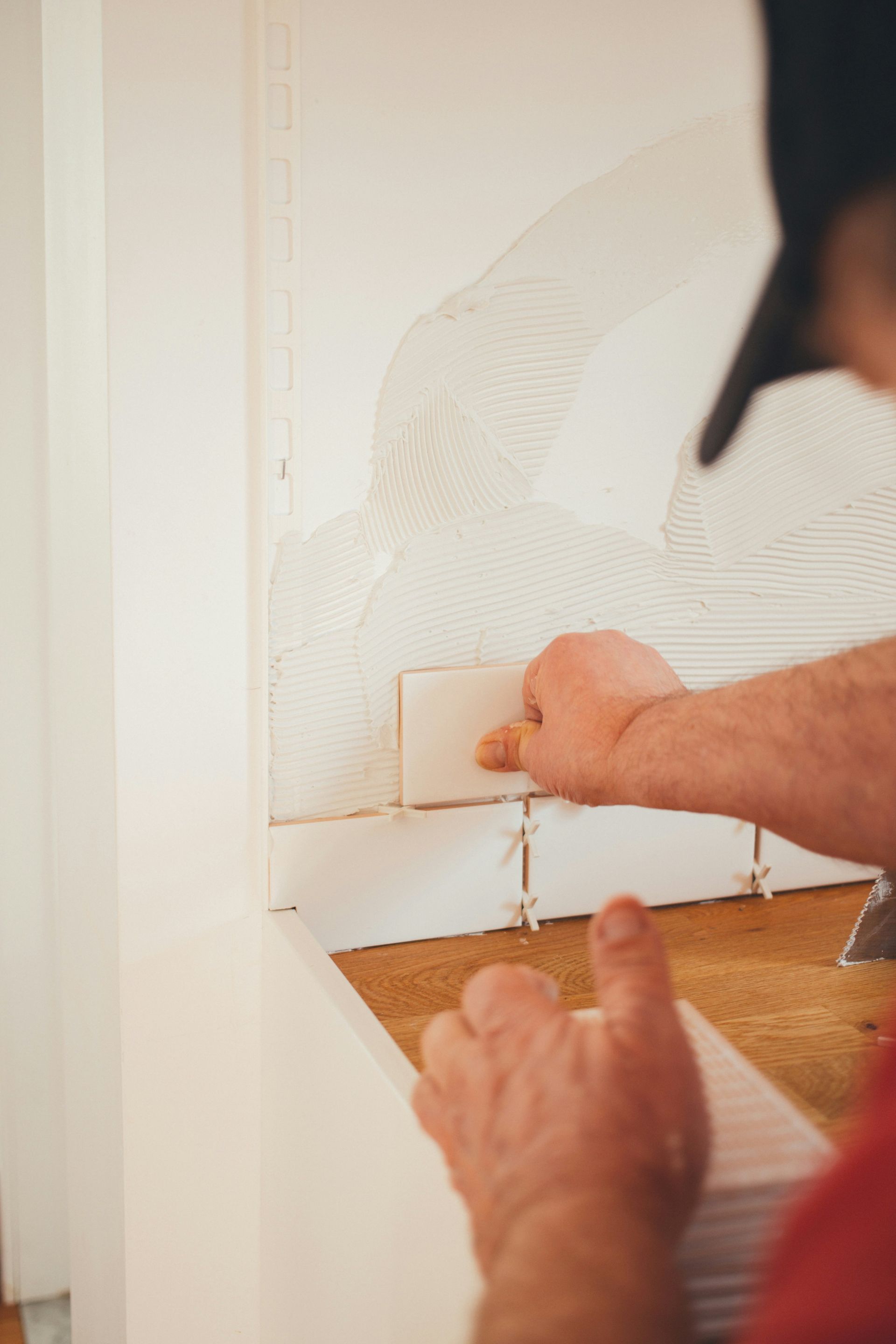

Share On: